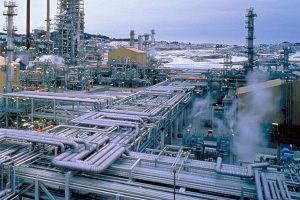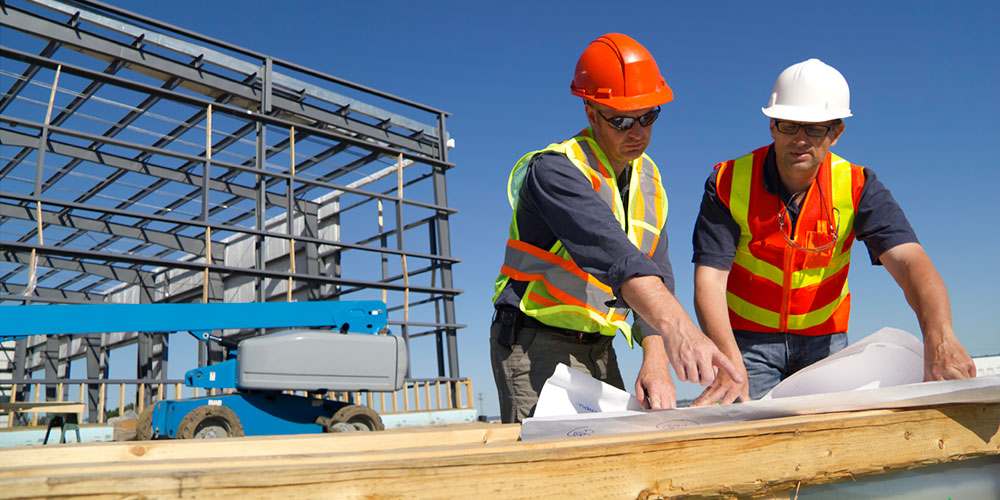Oil and Gas/Chemical facilities

Diacrest has core competence on on-line inspection of reactors, pressure vessels, storage tanks, pipelines, pipping and other equipment during their normal operation. we ascertain and ensure integrity of all your critical assets and equipment without disrupting your operation. We help you eliminate unpleasant surprises from your operation.
Diacrest international is a specialist on in-service inspection and structural health monitoring of;
• Storage tanks(petroleum /ammonia tanks) and associated piping
• Pressure vessels and piping
• Pipelines (both high pressure and low pressure pipeline
• Column/Distillation towers
• Chemical reactors
• Steam pipping, heater, deaerators
• Process piping
• Storage Tanks & pressure vessels
• Corrosion Under Insulation
• Gas Piping and Pressure Vessels
Storage Tanks & pressure vessels
• Storage Tanks & pressure vessels & associated piping. Acoustic Emission is use extensively for inspection of storage tanks and pressure vessels of different types with inspection carried out according ASTM, ASME and ISO standard and codes. However, There are cases when a specifically developed approach and solution are required for reliable diagnostics, e. g ammonia and other vessels subject to stress corrosion cracking
Storage tanks use to store crude oil and petroleum refined products both in underground and above ground are safety critical assets with direct impact on company’s operation, profitability, reputation, and safety. A defective storage tank can create significant environmental damage and safety concern ( Reports show that 50=litres of gasoline contains over 230 grams of benzene, more than enough to contaminate over 46 million litres of water and existing statistics in developed countries, over a one third of storage tanks installed before 1990s are leaking or will leak before they are decommissioned) resulting in legal liabilities and reputational issues. Acoustic emission (AE) technology is unique among the various techniques use in tanks screening and monitoring in the last decades. With AE not only that flaws detected but also real time on-line structural health integrity is done without interruption in operation.
Today Acoustic Emission technology has proven to be the best and most cost-effective methods for inspection of petroleum structures and storage facilities. AE is widely applied in inspection of:
• Underground tanks made of steel and fibre reinforced plastics
• Above ground storage tanks
• Petroleum product piping (above and underground)
• Fuel tanks for air planes and ships
Corrosion Under Insulation
CUI is one of the petro-chemical processing industries worst problem and cost of managing/mitigating it is astronomical. CUI is any type of corrosion that occurs due to moisture build up on the surface of insulated equipment. The build up can be one or multiple factors, If undetected, the result of CUI can lead to process shutdown of unit and or entire facility and in extreme cases it may lead to catastrophic safety incidents. Diverse approaches have been used in the recent past for non-destructive assessment of equipment/pipelines. Among these methods, acoustic emission technology is unique as it not only detects flaws but also used fr on-line, real time monitoring structural integrity without insulation removal or interruption of operation. AE technology allows for the detection of both accumulation of corrosion rust products and corrosion flaws like pitting and cracks. Iron Oxide films fracturing and peeling are the main source of AE related to corrosion products accumulation and effectively detected by AE technology at pressure below operational pressure levels and during relatively short monitoring periods. At the same time, effective detection of pitting and cracks requires longer monitoring under maximum operational pressure conditions
• Heat exchangers
• Process piping
• Offshore platform/FPSO
Gas Piping and Pressure Vessels
Pressure vessels & Gas piping and pipelines are critical systems at higher risk of catastrophic failure with casualties and high economic damage. Also, number of pipelines and their capacity constantly increasing which makes routine inspection of such pipelines for flaws and leaks extremely important.
AE Capabilities:
AE is used to inspect and monitor 100% of gas line length and:
• Detect flaws such as general electrochemical corrosion, pitting, cracks of different nature including stress corrosion cracking and others.
• Reliably detect and quantify gas leaks out of valves or connections.
• Monitor leaks through improperly closed valves.
AE vs. Others NDE Methods:
Overall inspection of gas pipelines by traditional methods such as different ultrasonic methods can be limited due to large number of welds to be examined, insulation, limited access in case of underground lines and other reasons. Even when a flaw is detected, traditional methods in many cases cannot distinguish developing or non-developing flaws or effectively monitor their propagation. All these limitations can be overcome with AE technology.
Gas Pressure Vessels and Storage Tanks
AE is used widely for inspection of pressure vessels and storage tanks of different types. The inspections performed according to ASTM, ASME and ISO codes. However, not every pressure vessel or storage tank can be inspected “by the book”. There are cases when a specially developed approach and solution are necessary for reliable diagnostics. Examples are ammonia and other vessels subjected to stress corrosion cracking.
AE System Installation and Inspection. AE vs. Others NDE Methods:
Ultrasonic, radiography, magnetic particles and other methods are used for evaluation of pressure vessels and storage tanks. However, these inspection normally do not cover 100% of structure, requires expensive shutdown of operation, cleaning, and scaffolding. All these are avoided using AE. System installation and inspection is performed during normal work of vessels, without scaffolding by climbers while entire vessel is simultaneously inspected and monitored.
In case of insulated vessels small openings in insulation are made to mount AE sensors which later are re-insulated and sealed. Whenever significant indications revealed, other NDE methods can be applied to confirm AE findings. These capabilities of AE technology increase operational safety of vessels and significantly reduce inspection time and costs.
